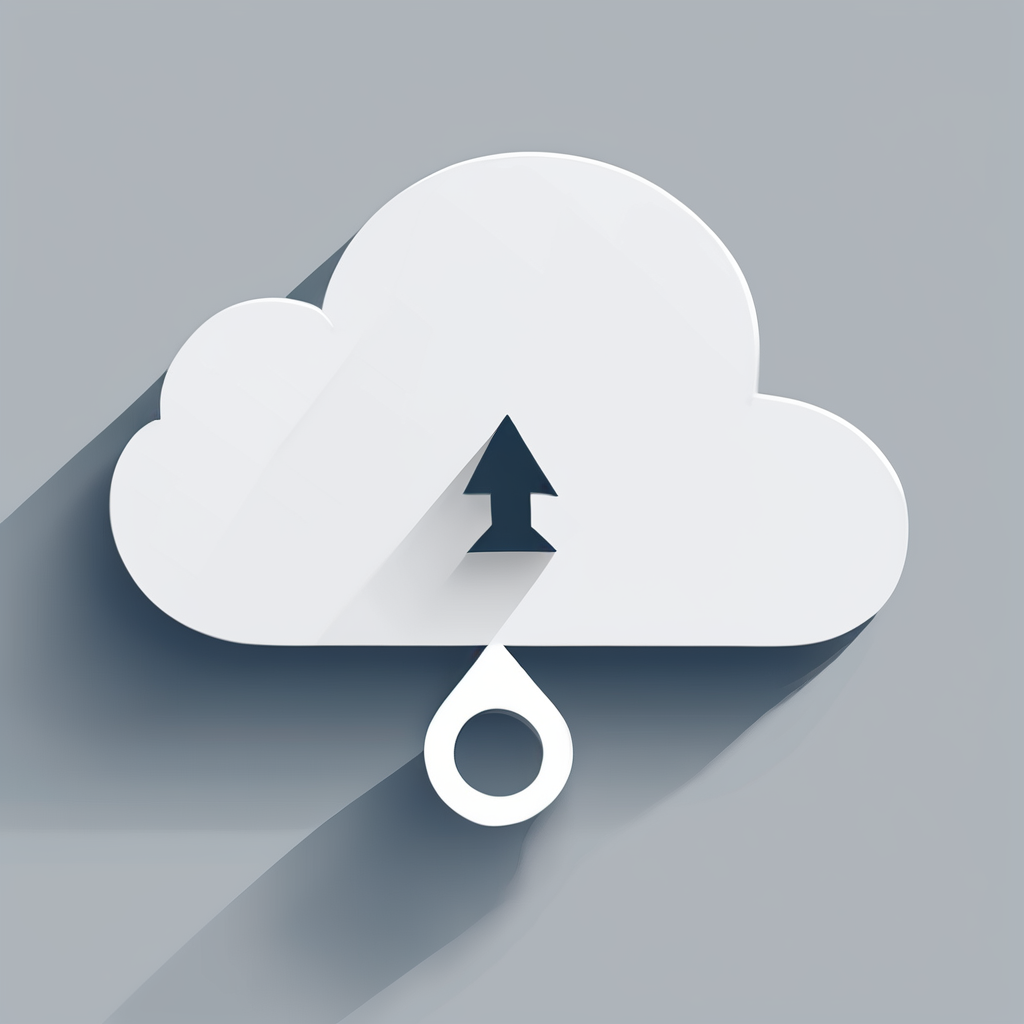As we delve into the complexities of the remote work landscape, the focus on security becomes paramount. With the rise of remote workers, ensuring data protection and secure access to company assets has become a critical concern for organizations worldwide. Cybersecurity is now at the forefront of business strategies to protect sensitive information and maintain the integrity of networks and devices. How can you, as an organization, safeguard against threats while embracing the flexibility and opportunity remote work provides? This article explores essential strategies and practices to foster a secure remote work environment.
Understanding the Remote Work Security Landscape
In recent years, remote work has transitioned from being an occasional perk to a standard operational model for many companies. With this shift, security concerns have escalated, primarily due to the increased use of personal devices and diverse networks that employees use to access company resources. When you consider the potential for data breaches and cybersecurity threats, it’s imperative to comprehend the unique challenges posed by remote work. Unlike traditional office settings, where data and network security can be more tightly controlled, remote environments inherently involve greater risks. Workers logging in from various locations can inadvertently expose sensitive information if adequate security measures aren’t in place. Access to critical company resources via personal devices introduces vulnerabilities that cybercriminals can exploit. Securing remote work involves a comprehensive understanding of the specific threats and implementing effective solutions to combat these challenges. This requires a multi-faceted approach that addresses potential weaknesses from all angles.
Also read : How can tech firms create effective onboarding processes for new hires?
Implementing Robust Access Controls
A cornerstone of securing a remote work environment lies in establishing rigorous access controls. By delineating who can access which resources, you significantly reduce the risk of unauthorized entry and potential data breaches. Start by implementing multi-factor authentication (MFA). MFA adds an extra layer of security, requiring employees to verify their identity through more than just a password. Whether it’s a text message code or a biometric verification, MFA ensures that even if credentials are compromised, unauthorized access is thwarted. Next, consider role-based access control (RBAC). By granting permissions based on job roles, you ensure that employees have access only to the information necessary for their tasks. This minimizes the risk of sensitive data falling into the wrong hands and promotes accountability within your organization. Regularly reviewing and updating access permissions is crucial. As employees join, leave, or change roles within your company, their access needs will evolve. Implement automated systems to monitor and adjust permissions, ensuring they align with current responsibilities. Secure access controls form the bedrock of any effective cybersecurity strategy in remote work settings.
Securing Devices and Software
The use of personal and company-issued devices in remote work settings requires heightened attention to security. With diverse operating systems and software platforms in play, ensuring that all devices are fortified against threats is non-negotiable. Begin by mandating the use of company-approved security software. Antivirus programs and firewalls are essential tools that can detect and neutralize threats before they infiltrate sensitive data. Regular software updates are equally important, as they patch known vulnerabilities that could be exploited by cybercriminals. Encourage a culture of vigilance among your employees. Train them to recognize phishing attempts and other cyber threats. Equip them with the knowledge to avoid unsecured networks, such as public Wi-Fi, which are hotbeds for malicious activities. Implement a bring-your-own-device (BYOD) policy that outlines security practices to be followed when using personal devices for work. This might include installing security software and encrypting data. By securing the tools employees use daily, you create a resilient front against potential cybersecurity breaches.
Also read : How can cloud computing transform small business operations in 2024?
Building a Secure Cyber Network
For remote teams, the integrity of the network is as critical as the security of the devices connected to it. Thus, building a secure network infrastructure is a pivotal component of remote work security. Start with Virtual Private Networks (VPNs). VPNs encrypt internet traffic, making it difficult for malicious entities to intercept communications. This is especially important when employees access company resources from home or public networks. Strong encryption protocols for data transmission are non-negotiable. Utilizing advanced encryption standard (AES) protocols ensures that sensitive information remains unreadable to unauthorized parties during transmission. Regular network monitoring is essential to identify and respond to suspicious activities swiftly. By employing network security software, you can detect anomalies and potential breaches before they escalate into significant threats. Train your IT team to stay abreast of the latest trends and tools in cybersecurity, ensuring your network defenses evolve alongside emerging risks.
In the continuously evolving landscape of remote work, security is an ongoing journey rather than a fixed destination. By implementing the strategies discussed, you can position your organization to better protect its data, employees, and networks. Embrace a proactive approach to cybersecurity by staying informed about new threats and regularly updating your practices. Encourage open communication within your teams about security and foster an environment where employees feel empowered to report suspicious activities promptly. This collaborative mindset ensures that security is a shared responsibility, ingrained in the company’s culture. As you navigate the complexities of remote work, remember that the foundation of a secure environment is built on measures that evolve with the company’s needs. Through vigilance and innovation, safeguarding your organization’s assets remains a top priority.











